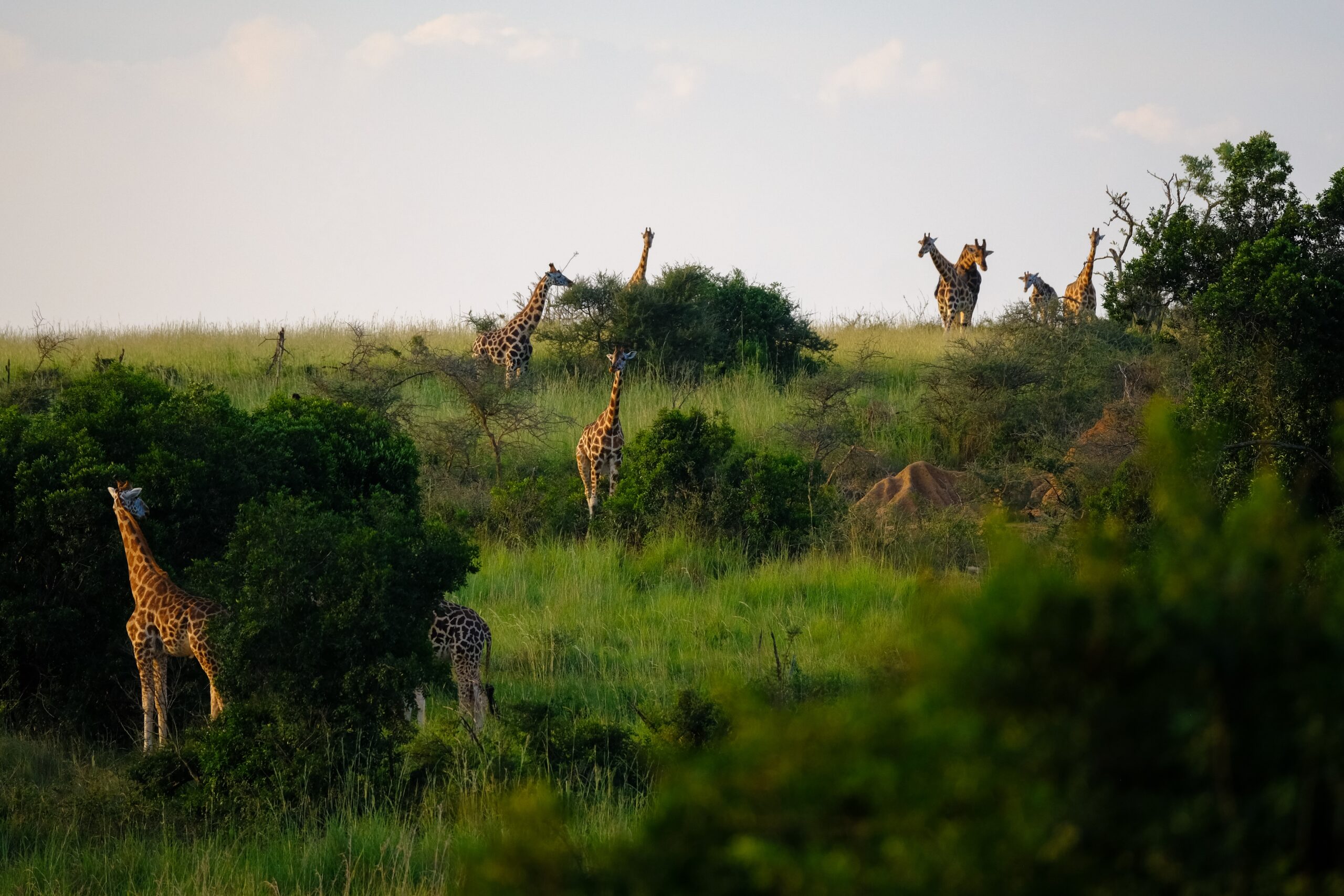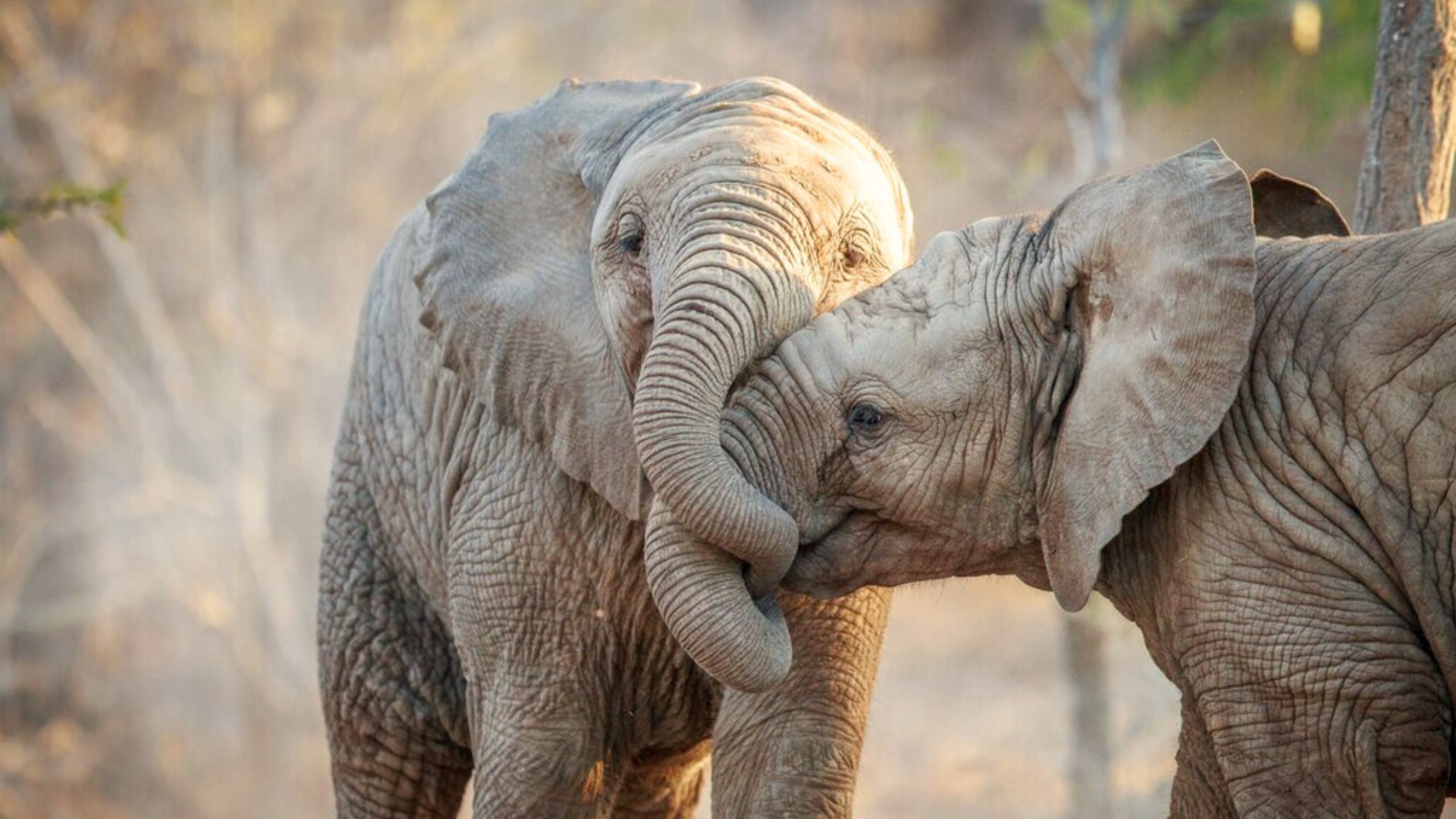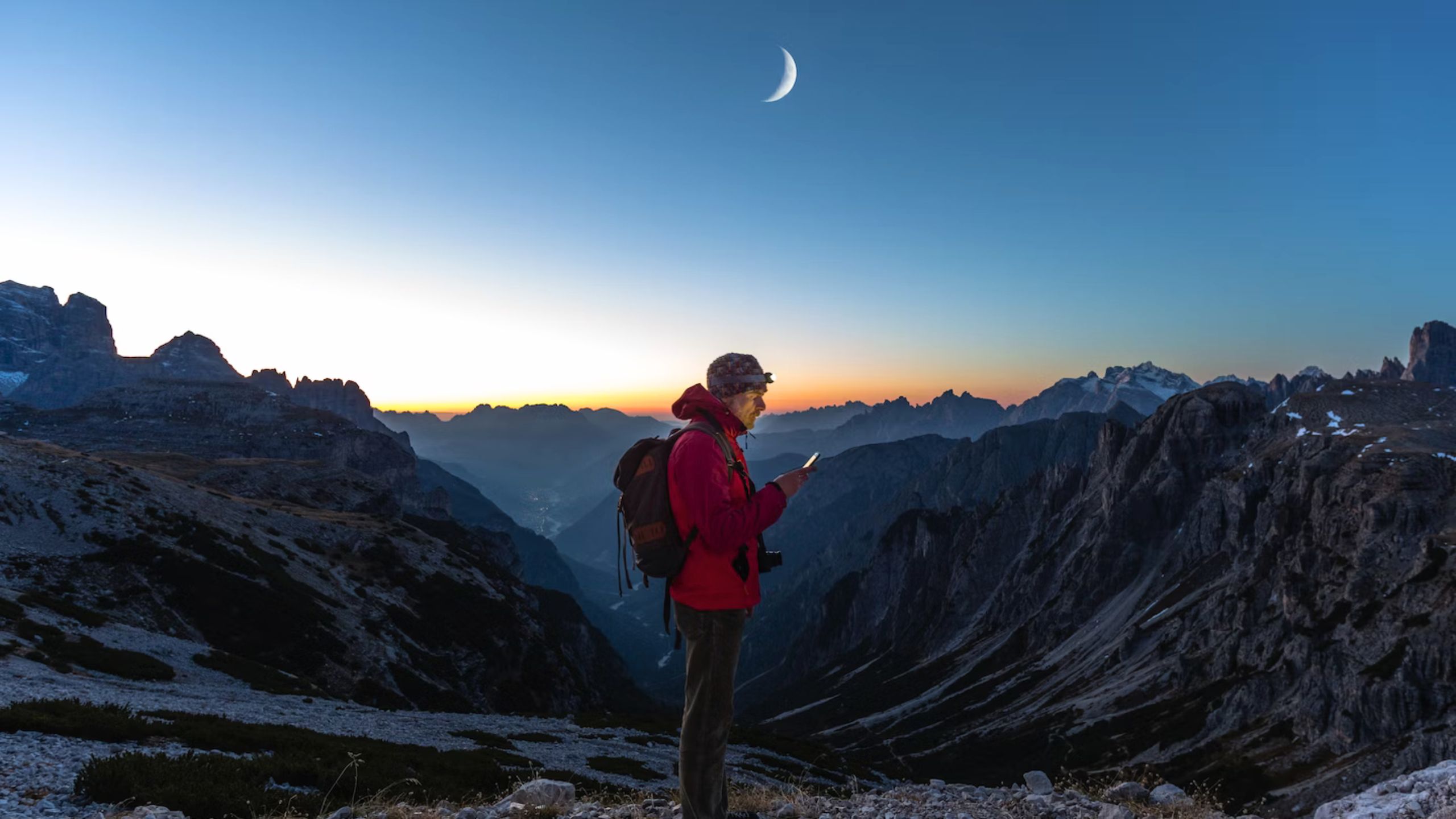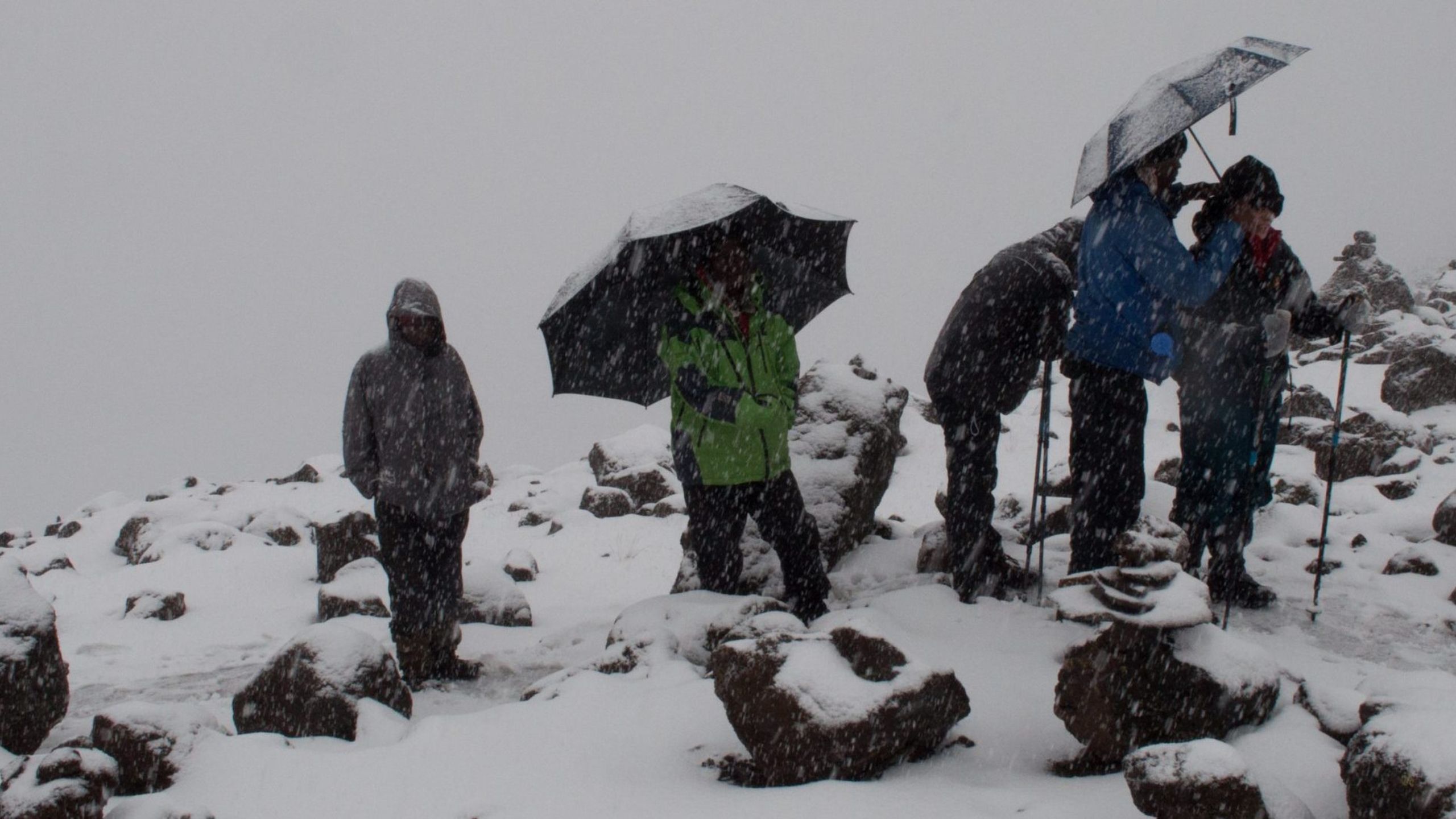Serengeti National Park
Serengeti National Park is one of the most famous and popular wildlife reserves in the world, and it is not difficult to see why. Covering an area of over 14,000 square kilometers in Tanzania, East Africa, the park is home to an incredible diversity of wildlife and ecosystems, making it a true paradise for nature lovers and wildlife enthusiasts.
One of the most remarkable features of Serengeti National Park is its vast grassy plains, which stretch out for as far as the eye can see. This unique landscape is home to a remarkable array of wildlife, including the famous “Big Five” – lions, leopards, elephants, rhinos, and buffalos – as well as cheetahs, hyenas, zebras, giraffes, hippos, crocodiles, and many other species.
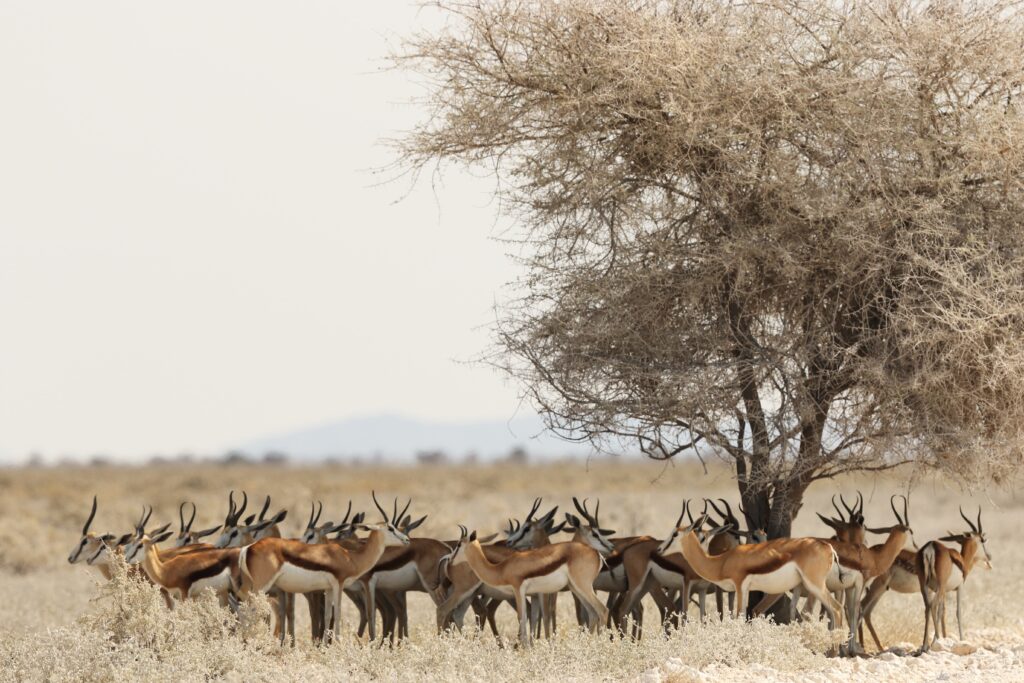
Perhaps the most famous event that takes place in the Serengeti is the annual wildebeest migration. From July to October each year, over 1.5 million wildebeest, accompanied by zebras and gazelles, move from the Serengeti to Masai Mara in search of fresh grazing lands. The migration is a spectacular sight to behold and draws visitors from all over the world.
But the Serengeti is much more than just a place to see wildlife. The park is also home to several different ecosystems, including woodlands, riverine forests, and acacia savannahs. Each of these ecosystems is home to its own unique flora and fauna, making the park a truly diverse and fascinating place to explore.
One of the best ways to explore the Serengeti is by taking a guided game drive. Visitors can choose to go on a guided drive in a 4×4 vehicle, or a self-drive tour if they have their own vehicle. Game drives are an excellent way to get up close to the park’s wildlife and learn about their behavior and habits.
Another popular activity in the Serengeti is hot air balloon rides. These rides provide a unique perspective of the park and its wildlife, and offer visitors a bird’s-eye view of the stunning landscapes below. Guided walks and cultural tours are also available, and provide visitors with the opportunity to learn about the Maasai people and their way of life.
Despite its popularity as a tourist destination, conservation is a top priority in Serengeti National Park. The park has a strict anti-poaching policy, and rangers patrol the area to prevent illegal hunting and poaching. In addition, the park works closely with local communities to promote sustainable tourism and protect the area’s natural resources.
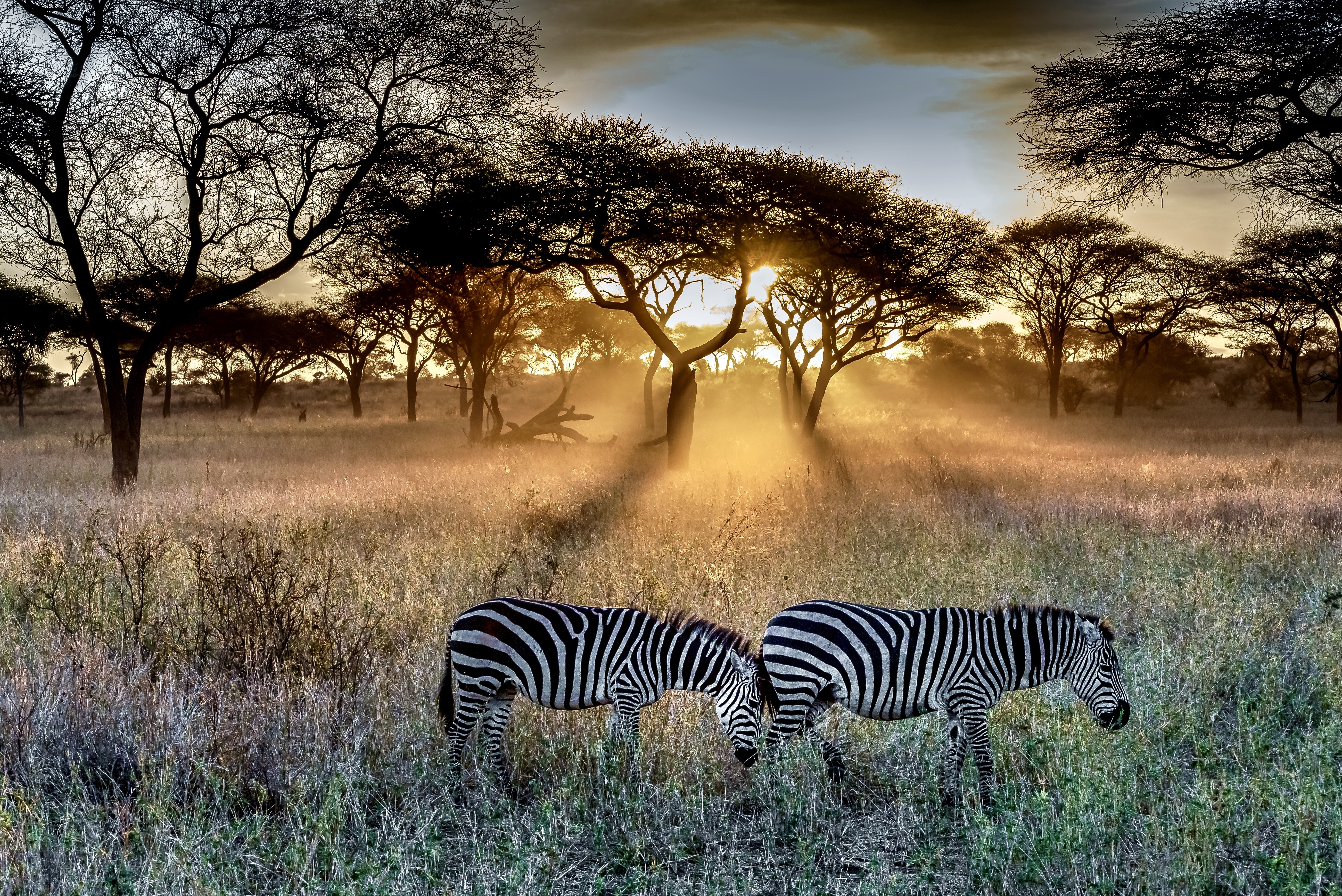
However, the park also faces several challenges. One of the biggest challenges is human-wildlife conflict, as the park is located near several Maasai communities, who rely on livestock farming. As a result, there have been several incidents of wildlife attacking livestock, which has led to retaliatory killings by local communities. Climate change is also a threat to the park’s ecosystems, as rising temperatures and changing rainfall patterns could affect the park’s wildlife and vegetation.
- The Great Migration: The annual migration of over 1.5 million wildebeest, zebras, and gazelles is one of the most incredible natural spectacles on Earth. Watching thousands of animals move across the Serengeti plains in search of greener pastures is a once-in-a-lifetime experience.
- Predator-prey interactions: The Serengeti is one of the few places on Earth where you can see large predators such as lions, cheetahs, and hyenas in action. Watching a lion take down a wildebeest, or a cheetah chasing after a gazelle, is a thrilling experience that showcases the raw power and beauty of nature.
- Cultural experiences: The Maasai people have been living in and around the Serengeti for centuries, and their traditional way of life is an important part of the park’s cultural heritage. Visitors can take guided tours to Maasai villages to learn about their customs, dress, and way of life.
- Birdwatching: With over 500 species of birds found in the park, Serengeti is a paradise for birdwatchers. From the giant ostrich to the colorful lilac-breasted roller, there are birds of all shapes and sizes to be seen.
- Unique landscapes: The Serengeti is home to a variety of landscapes, from the vast grassy plains to the rocky outcrops of the Moru Kopjes. Each of these landscapes is home to its own unique wildlife and vegetation, making the park a fascinating place to explore.
- Conservation efforts: Serengeti National Park is one of the best-protected wildlife reserves in the world, with strict anti-poaching measures and a commitment to sustainable tourism. The park’s conservation efforts have helped to ensure that its wildlife and ecosystems remain healthy and vibrant for generations to come.
- Accessibility: Serengeti National Park is relatively easy to reach, with several airports located nearby. Visitors can also choose to drive to the park from nearby towns, or take a guided tour from one of the many safari operators in the area.
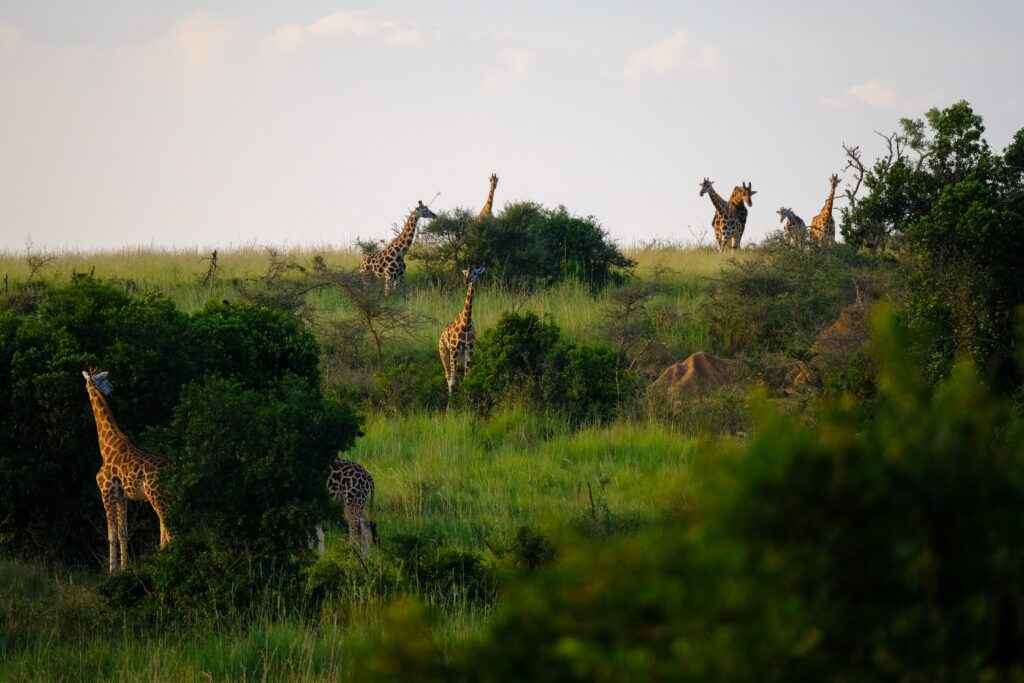
Serengeti National Park is a truly remarkable place that offers visitors an unforgettable wildlife and cultural experience. From the Great Migration to predator-prey interactions, birdwatching, and unique landscapes, there is something for everyone to enjoy. And with its commitment to conservation and sustainable tourism, the park is sure to remain a top destination for years to come.


